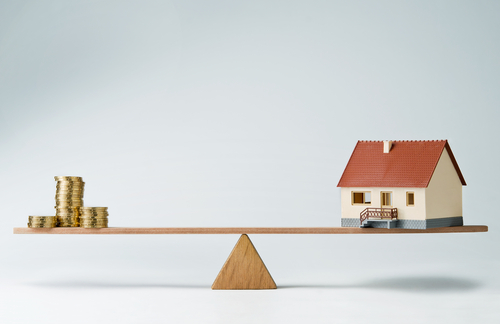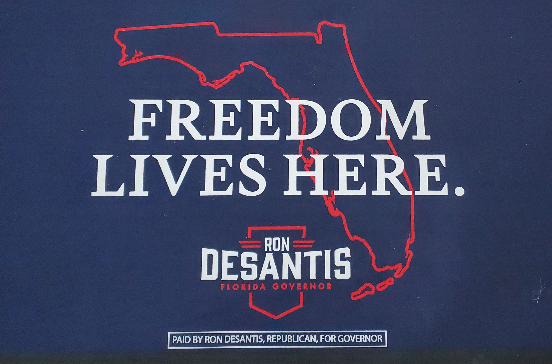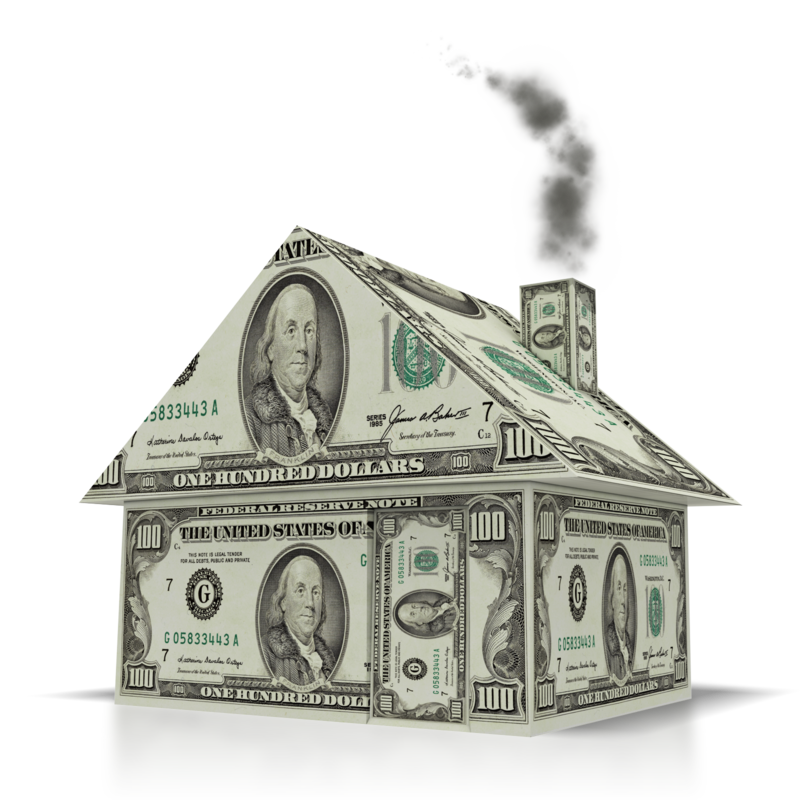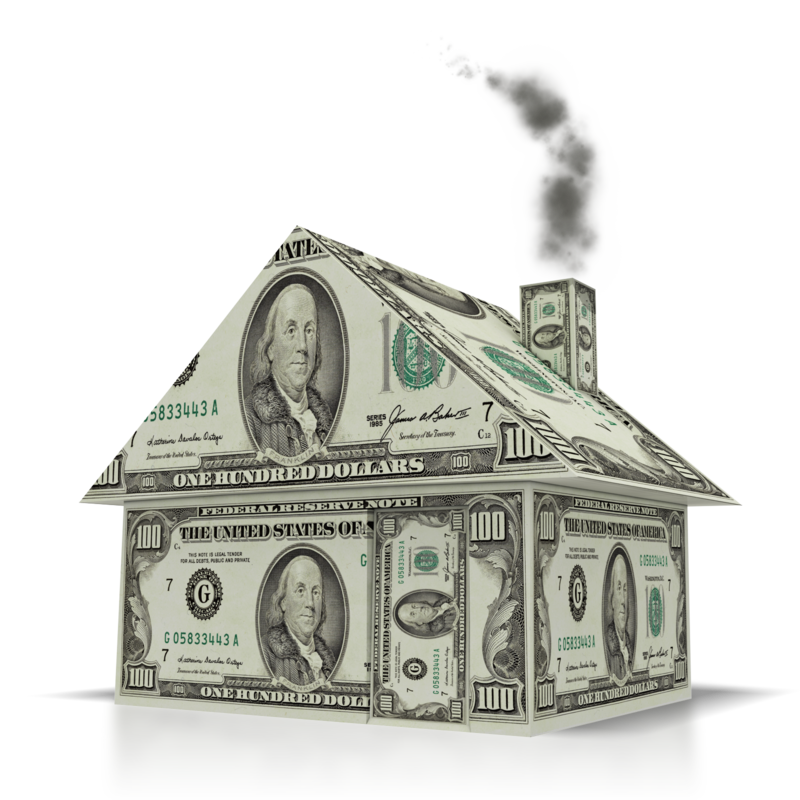QUESTION: Dear Mr. Armstrong, as a daily reader of your blog I noticed the recent comment on the norweigian real estate market. You wrote that it was capital flight from the eurozone that made the prices go higher. Parking, not speculation, It seemed, in the light of everything, as a very natural development. As the Euro has been rising against the Krone, it would give Euro buyers some extra space to buy too. My question though is if the swedish real estate market is similar? Here in Sweden we have the common people buying too, with wages still pretty strong, fairly low unemployment and low interest rates on mortgages. This has resulted in highly leveraged households. Domestically “everyone” believes in rising real estate prices. Is this a bubble (with the majority preaching new highs), or is it similar to the norweigian situation?
Btw, I will, with excitement, attend your conference in Hong Kong this year.
Kind regards
PM
ANSWER: There are two distinct faces of real estate buyers. First, we have the capital flight as in Norway. They are using the property market as a place to park money. This is why they do not even both to rent them out. This trend has also engulfed most of the major cities such as New York and Miami where the IRS in the States demands that the true owner be revealed. In Australia, they made a criminal act for a foreigner not to disclose he owns property. We see the same in Toronto and Vancouver. The rural areas have not recovered from the crash in 2007-2009. In the States, this tends to be a bit steeper because it was the focus of huge leverage sold by the banks.
The other side of the market are the people who also are starting to buy property as a hedge using the low interest rates. The pessimism in Europe is reaching epic proportions. It is quickly becoming that the majority fear the breakup of the EU and the collapse of the Euro. This is also manifesting in the sharp rise in demand for physical paper dollars. First it was the fall of Communism 1989-1991. Then it expanded and has extended into Europe in general. Europe does not have the over-leveraged property that USA ended up with as a general rule. This is also reflected in the shorter mortgage duration in places like Canada and Europe. So at this point, any real gains in purchasing power may not really materialize in Europe, but it may appear to gain in nominal terms. Then there was the speculation that housing prices would rise because of the influx of refugees.
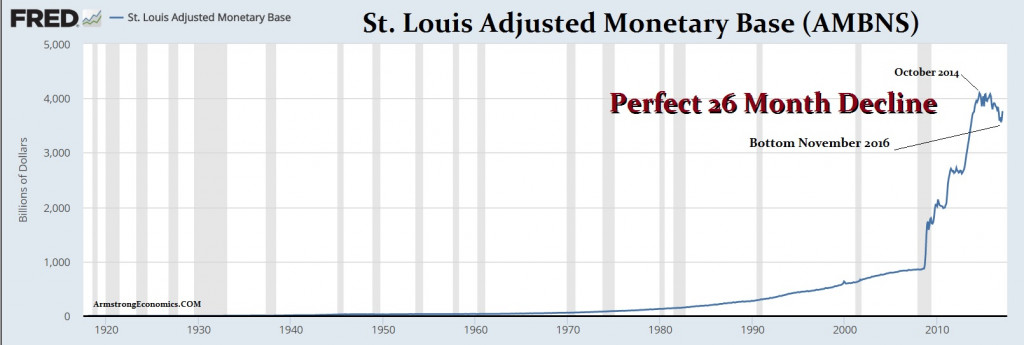
All of this said, the continued rise in demand for paper dollars outside the USA has actually surged after Trump was elected. The pattern clearly shows the trend has changed at the high is not isolated by a triple top. This warns from a pattern recognition perspective, that the monetary base will rise to new record highs.
Consequently, it is reasonably estimated that more than 40% of US paper currency now resides outside the USA. There are more than 300 million people traveling through the US border and there is no means to track the currency outflow in actual paper dollars. When communism fell, dollars became the number one circulating medium of exchange in Russia and China. The Federal Reserve Bank of New York, in collaboration with Citibank and Republic National Bank of New York of Edmond Safra, shipped out of the USA physical dollar bills worth $348 billion. The called it the Money Plane. There were even Congressional hearings on the exportation of dollars to foreign lands. History repeats because the passions driving mankind never change. We have witnessed the dollarization of the world economy.
The Federal Reserve in the States is well aware that the dollar has become a global currency and its demand outside the USA has been increasing sharply since 2007-2009. This we see this trend reaching a peak as early as 2020. The Fed itself states: “U.S. currency has long been a desirable store of value and medium of exchange in times and places where local currency or bank deposits are inferior in one or more respects. Indeed, as noted in earlier work, a substantial share of U.S. currency circulates outside the United States. Although precise measurements of stocks and flows of U.S. currency outside the United States are not available, a variety of data sources and methods have been developed to provide estimates.”
This also warns that the confidence in the euro among the average person in Europe has declined with the political turmoil.

